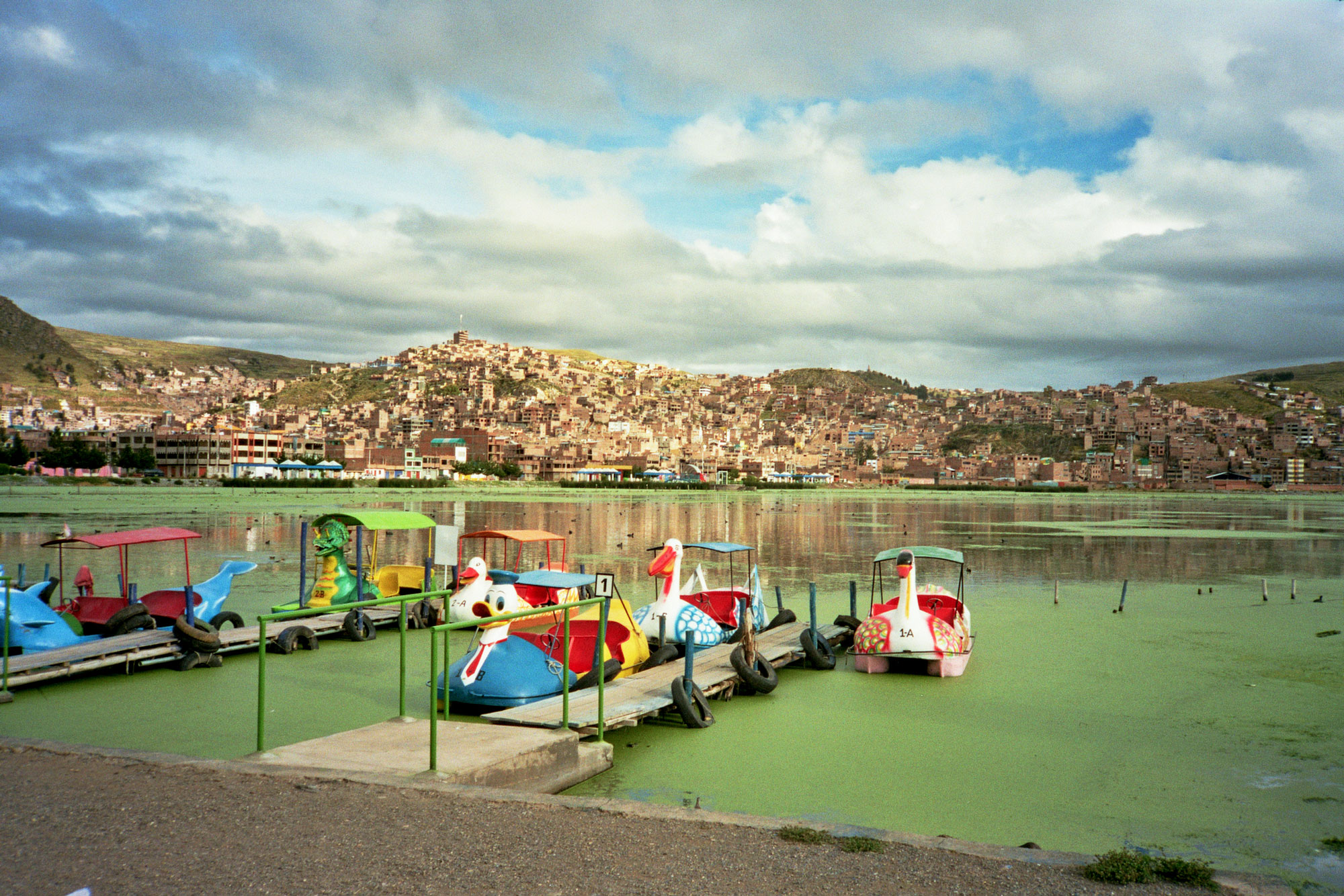 3827 m. While entering the city between the mountains and the lake, a multitude of small grey houses appear. They are made of concrete, pulled up quickly. Many are completed on the ground floor, but have the first floor just outlined, or they are missing walls or paint. Lack of money, lots of tourism, the city had to face a fast growth.
3827 m. While entering the city between the mountains and the lake, a multitude of small grey houses appear. They are made of concrete, pulled up quickly. Many are completed on the ground floor, but have the first floor just outlined, or they are missing walls or paint. Lack of money, lots of tourism, the city had to face a fast growth.
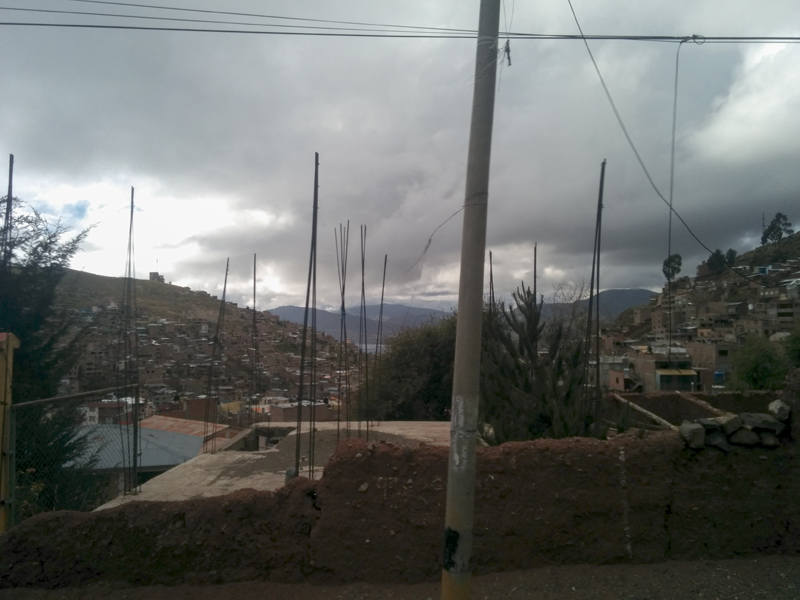
Lots of moto-taxis run in the streets. They are produced in the near city of Juliaca, economic center of the district of Puno, where smuggling goes together with the massive industrial production of consumer electronics.
Shops of computer equipment and photography alternate with shops of local garments made of alpaca wool.
The city which mainly lives of tourism as the main peruvian port to Lake Titicaca, is suspended between tradition and industrialization: Quechua is spoken as much as Castilian, women wear colorful traditional dresses and men bluejeans, traditional cuisine like guinea pig or trout is competing with multitudes of pizzerias. Puno is also known as the capital of Folklore of Perú, with several festivities throughout the year along the streets. Colors and concrete. The contrast is sharp but somehow charming.
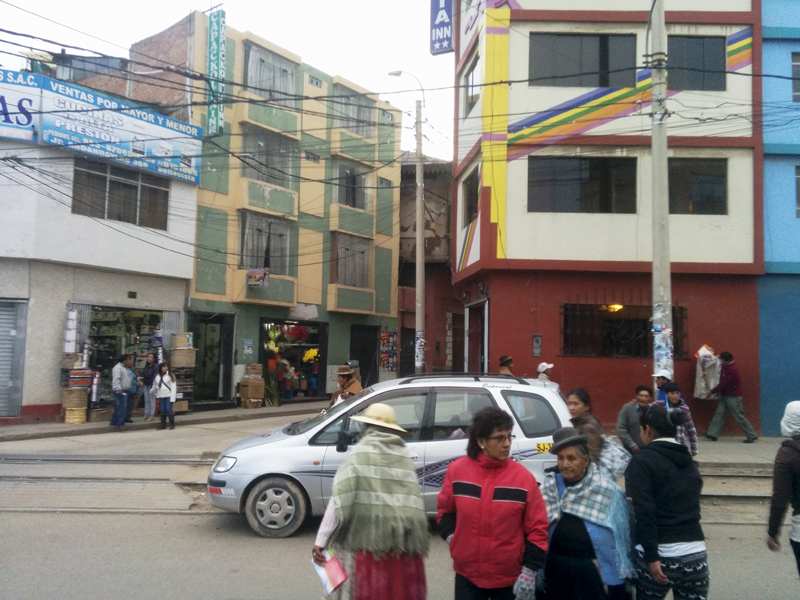
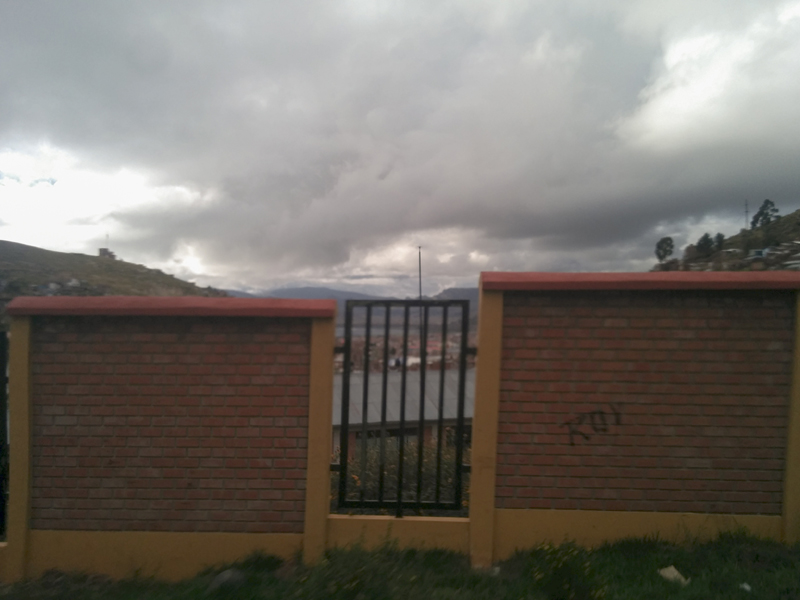
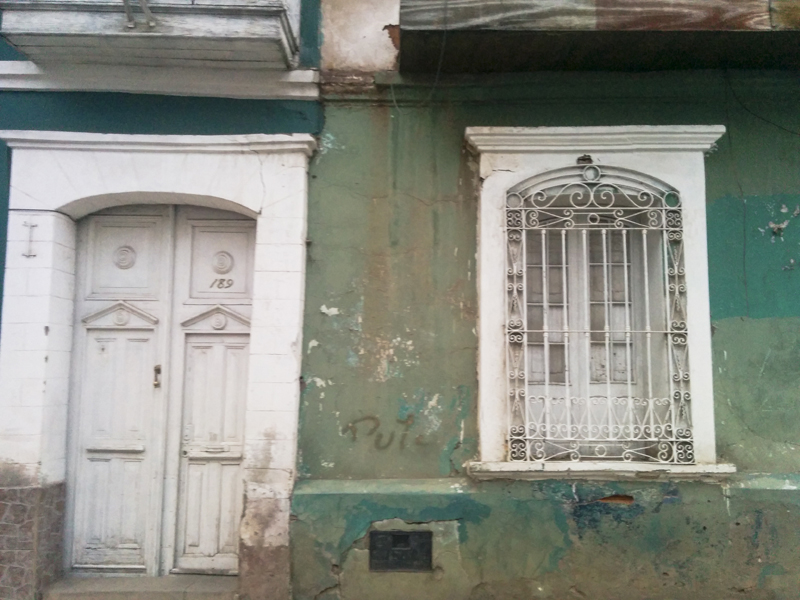
Lake Titicaca
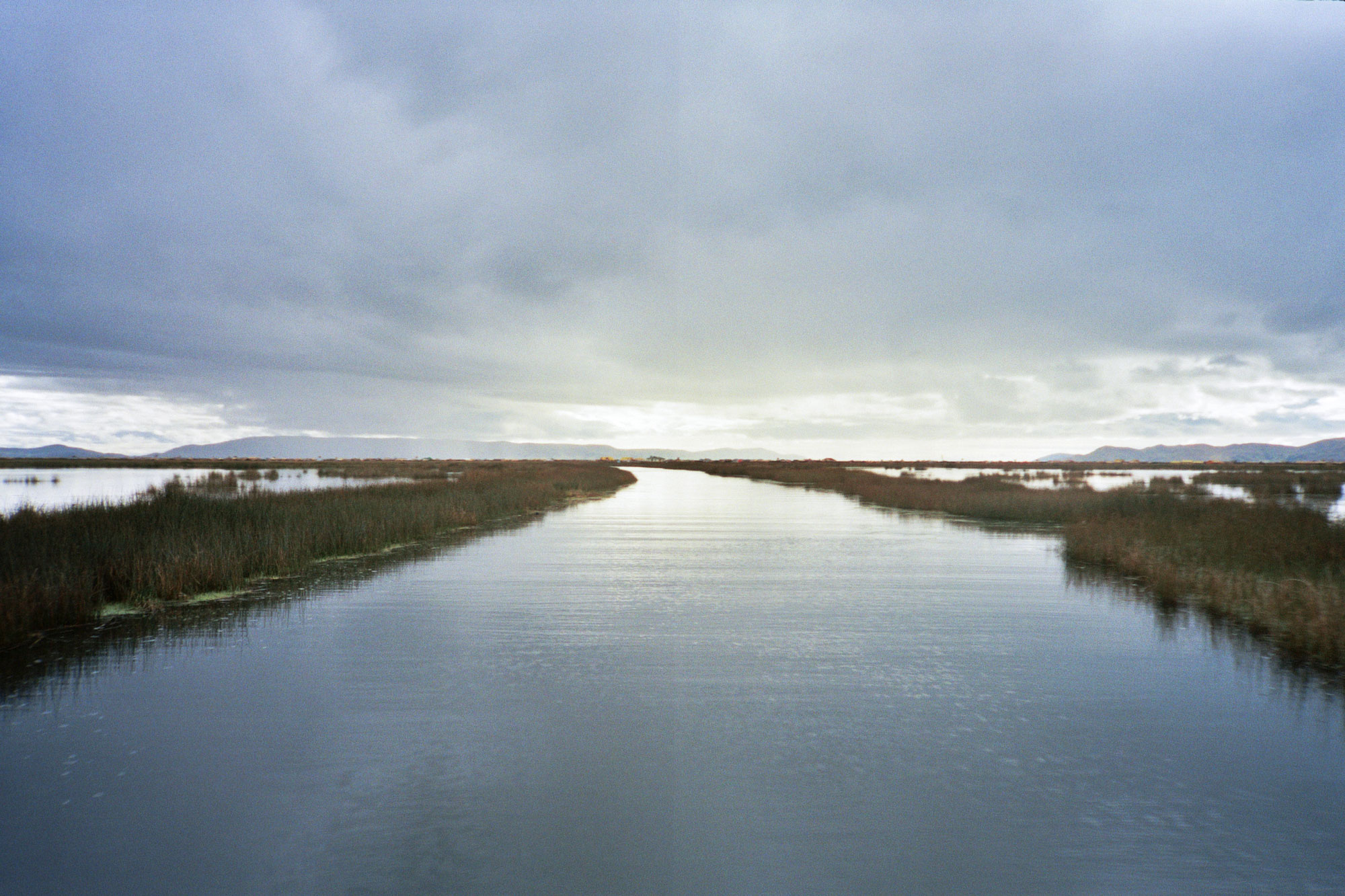
Originally Titiqaqa, from the quechua Titi-puma and caca-rock. The highest navigable lake in the world if looked upside down on the map looks like a puma who is catching a rabbit. Its water gets also a silver color during the day, it is also called the grey lake. It is a huge water basin, covering about 8,372 km2, measuring 190 km as maximal length and 80 km as maximal width. Standing as border between Perú and Colombia, it has always been a path for naval commerce, having also 45 natural islands scattered on its surface. Among those, the most important is Isla del Sol, the Island of Sun, where the inca legend wants the god of the sun to be born.
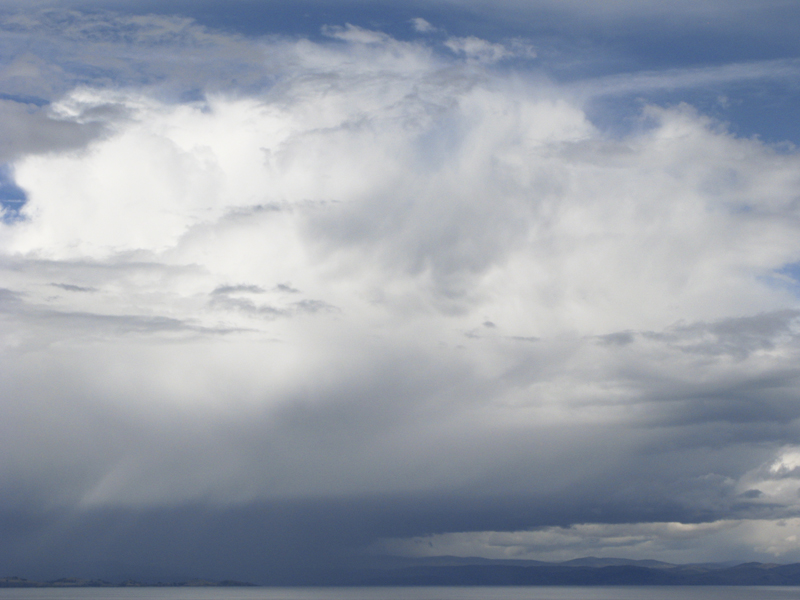
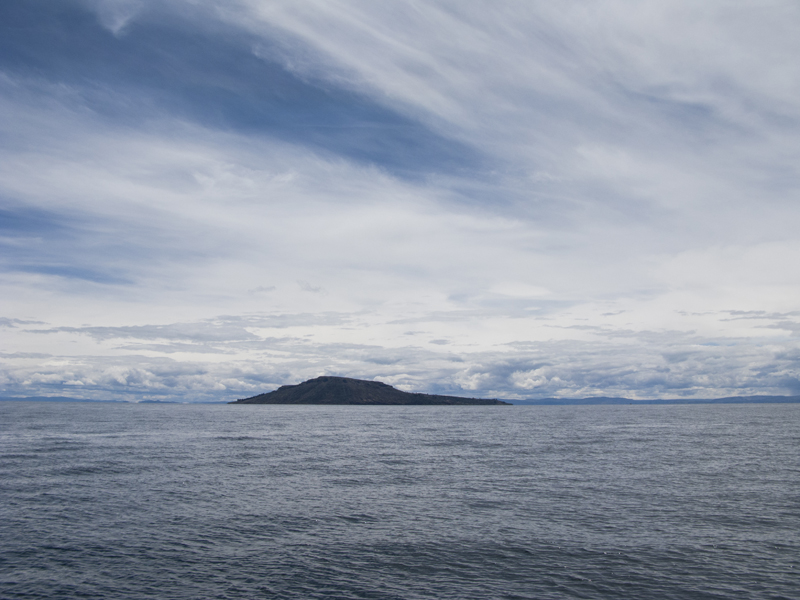
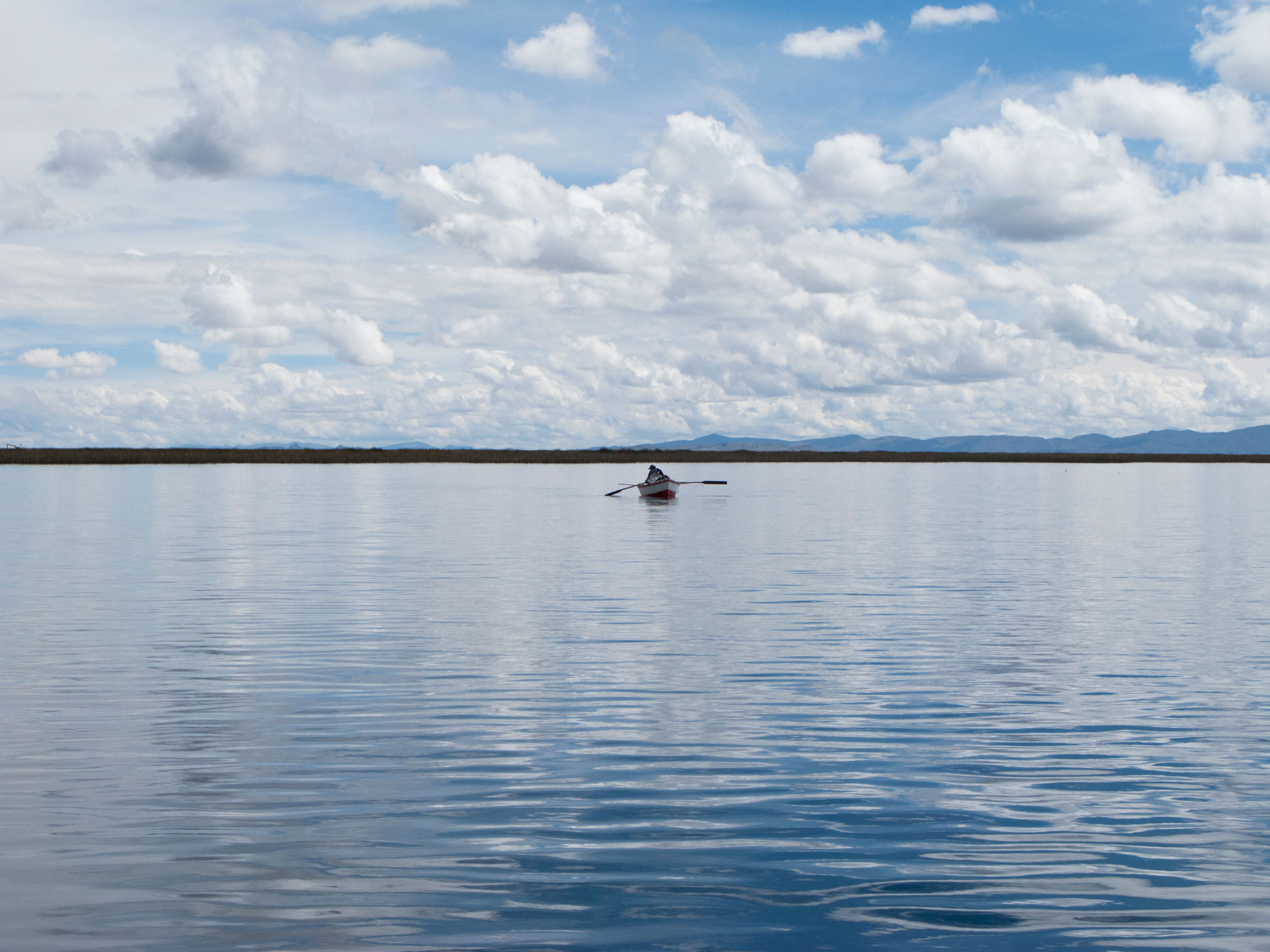
To visit the lake there are about three options: the simple one is visiting just the Uros island, in case the tourist has very little time, the second one is a one day trip to a couple of islands, having a nice lunch and interacting with the local communities, the third one is spending one night in a local community without light and flush water, also very interesting. There is also the possibility to make a longer trip until Bolivia shores and the Isla del Sol. As in the other touristic cities of Perú, it is full of travel agencies and boat companies with different types of boats and offers.
Island of Uros
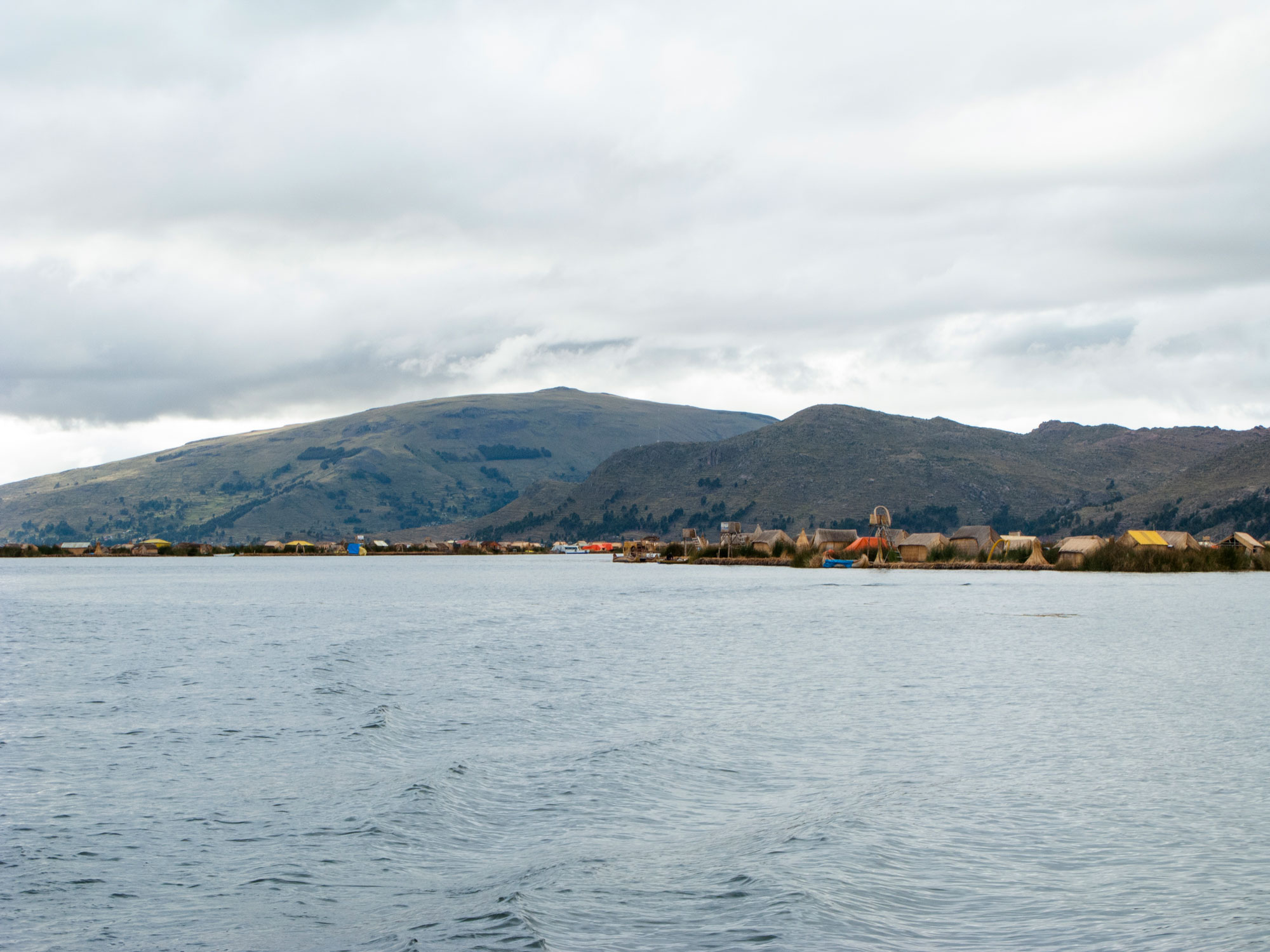
Leaving the port of Puno, the boat takes a canal bounded by totora, the material the Uros community till today use to build the floating islands where they live, go to school, work, go to the doctor. Even though the young people of the community have started leaving to go to university, there is still a fair amount of people living on producing and selling artifacts to the masses of tourists that everyday invade the islands. To be really honest, I found the islands themselves, the huts and the boats a piece of advanced engineering knowledge, but on the other hand my experience felt a bit fake, in the sense that all turns around spoiling tourists and spoiling the communities.
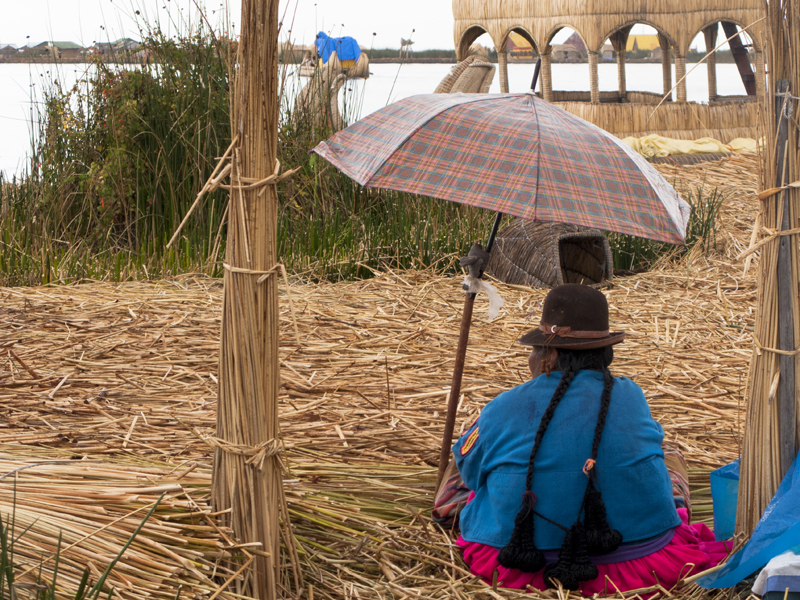
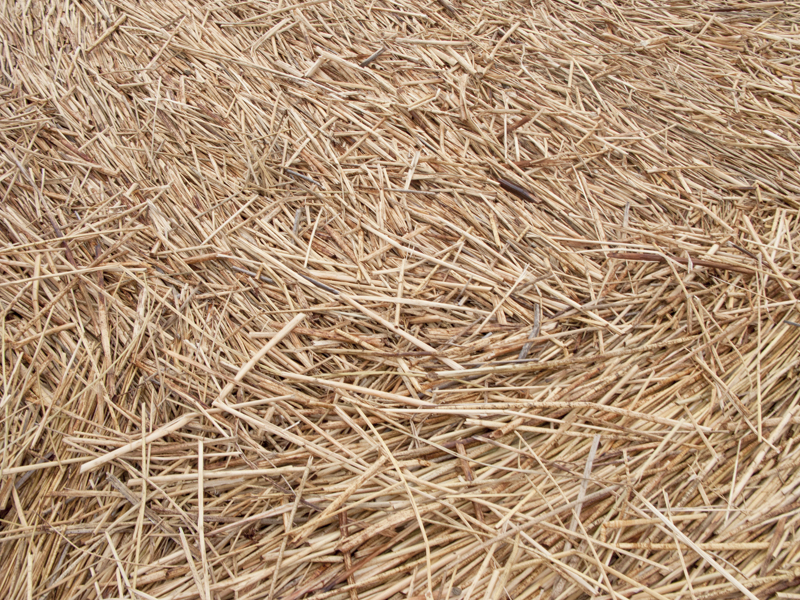
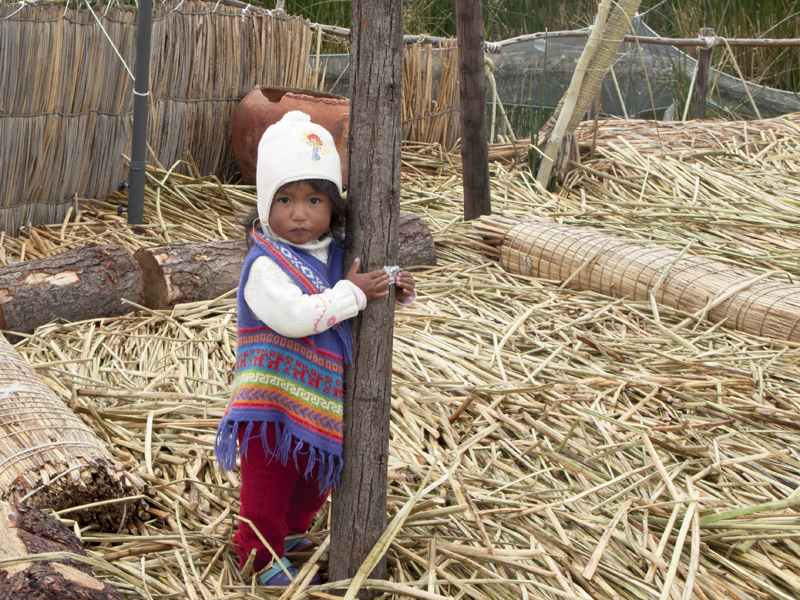
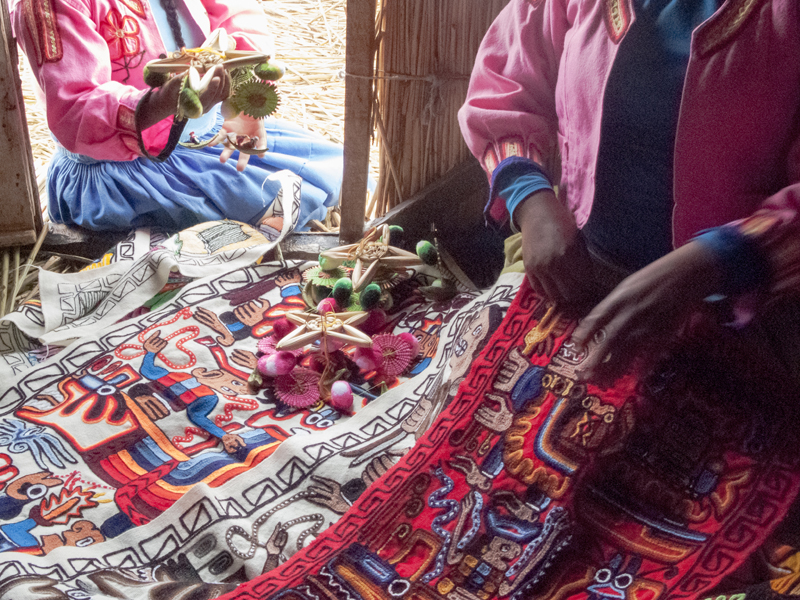
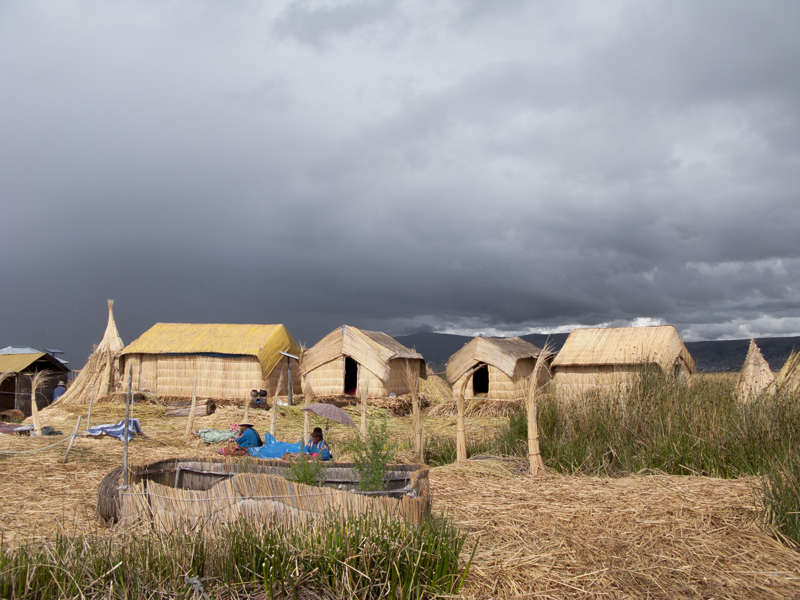
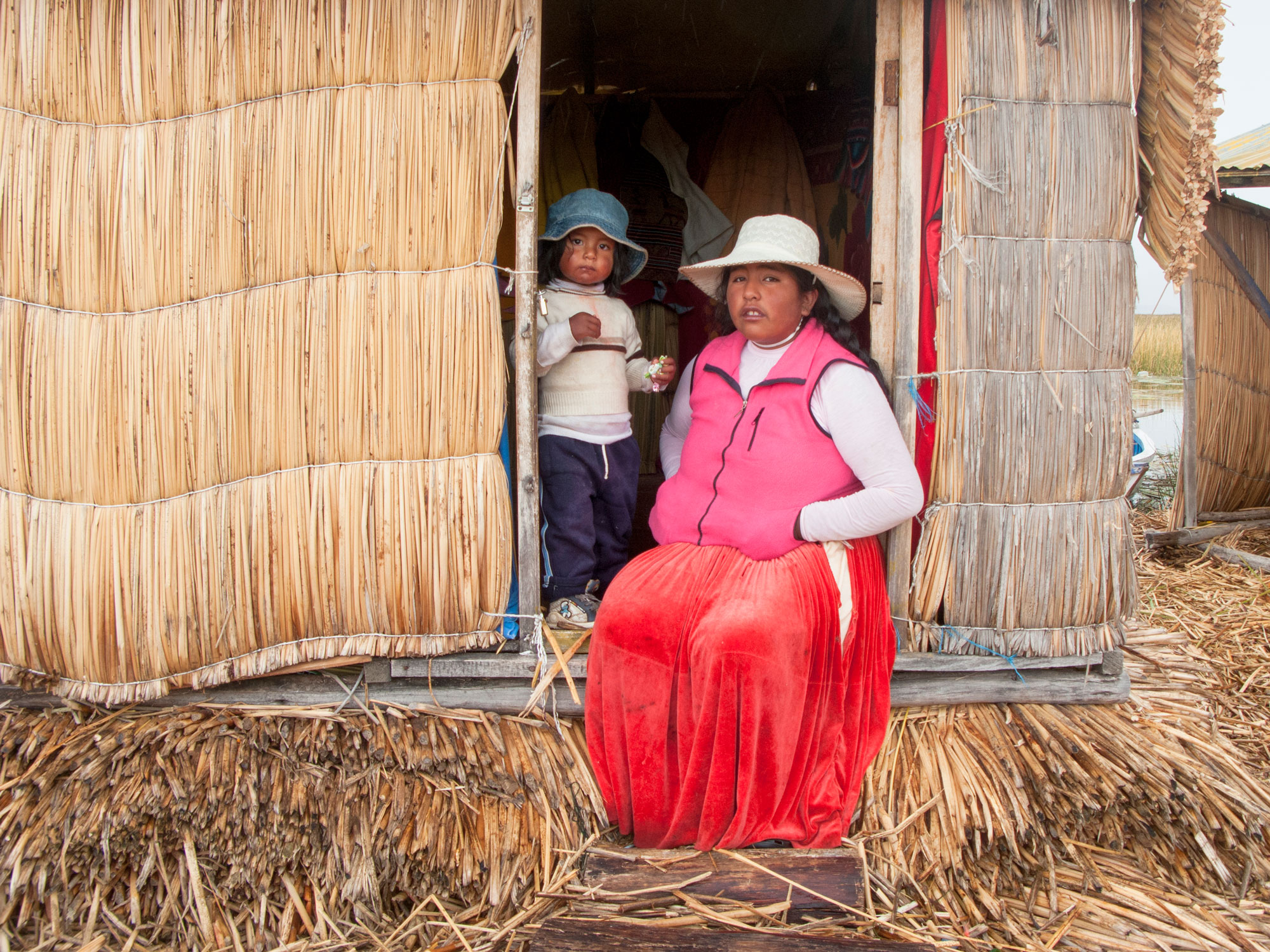
Island of Taquile
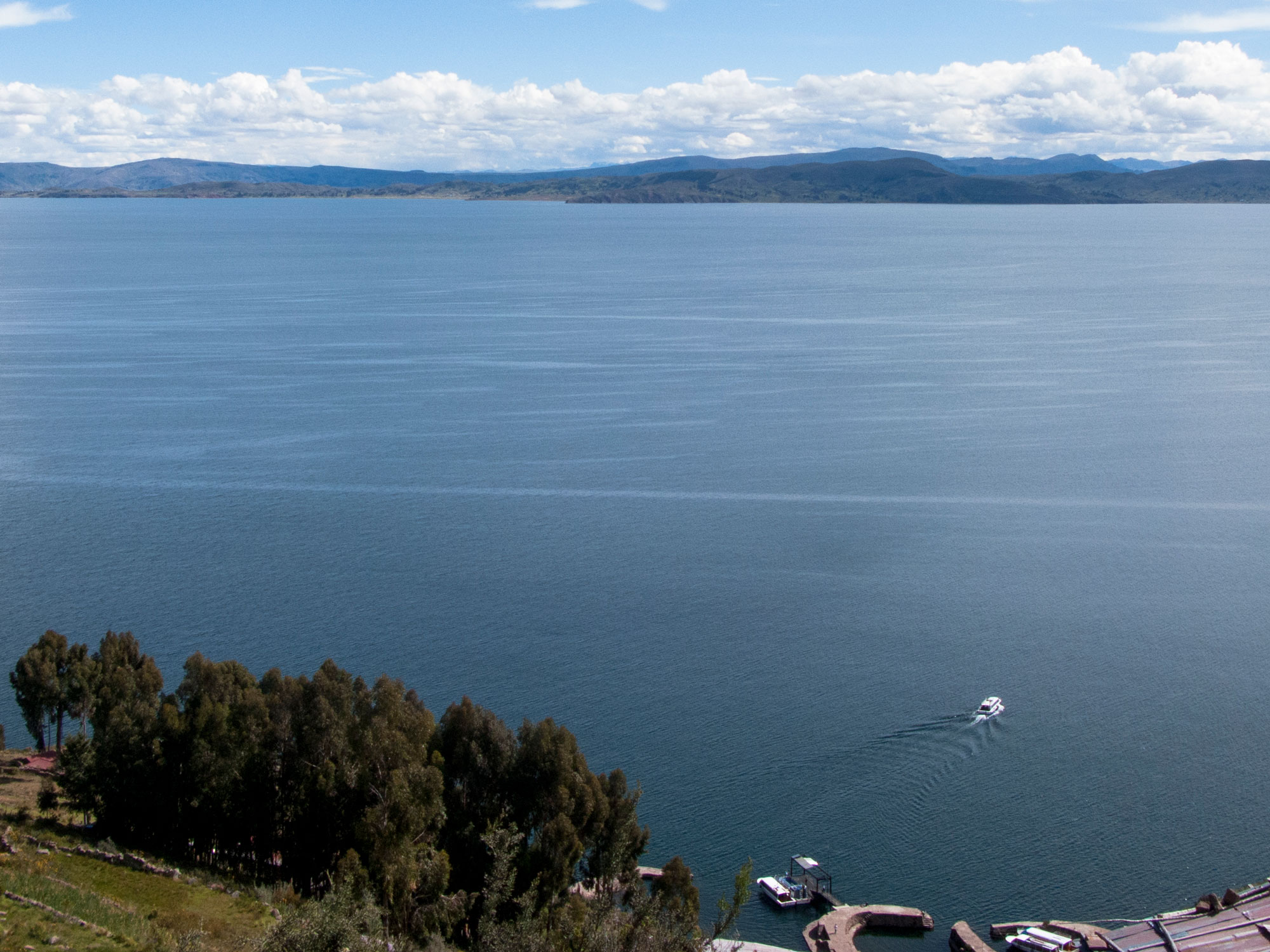
Two hours and a half away from Puno, the small island, 7 km overall, with a set of trails and stone stairs that connect the small harbors to the central square. The longest staircase counts 400 steps.
The typical garments have bright colors, the local women explain that the skirts they are wearing on top of each other are fuchsia, acid green, red because women are like blooming flowers. Different caps define the marital status of men and the age of kids. This community lives on agriculture and tourism, selling alpaca artifacts and preparing simple lunches to the visitors of the island.
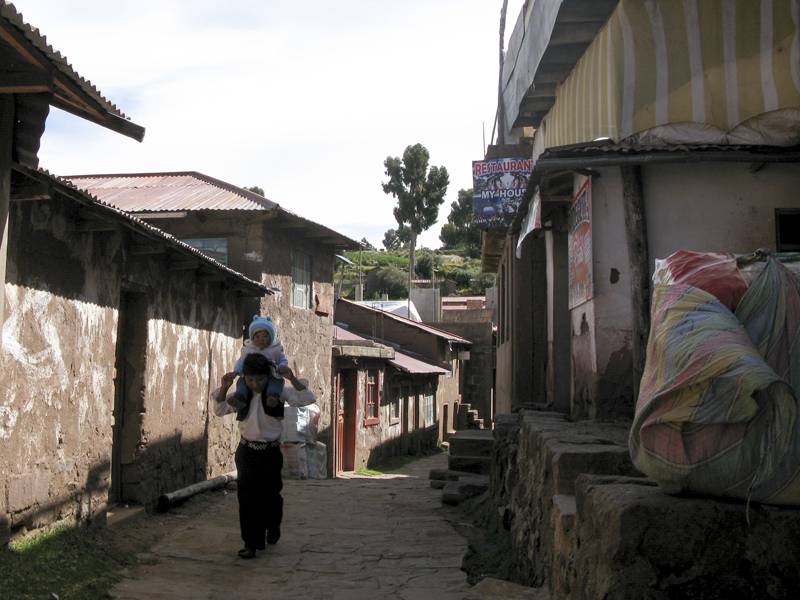
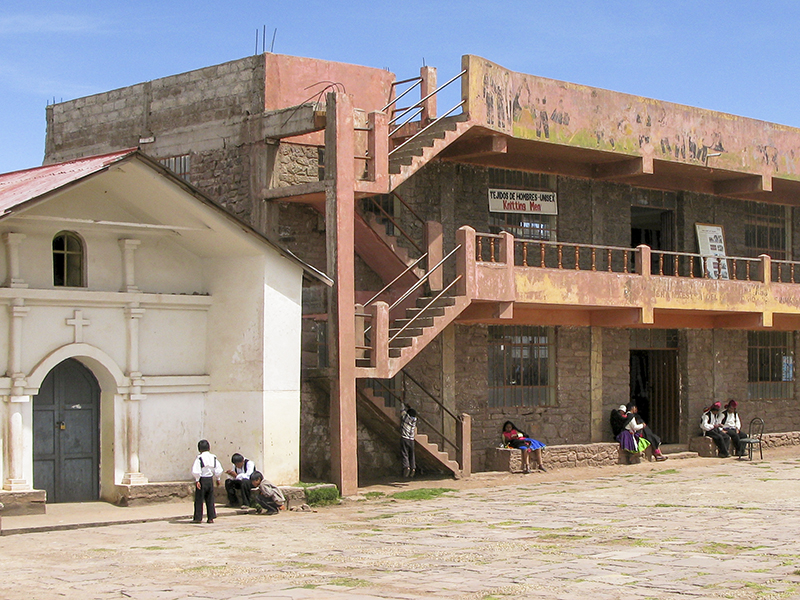
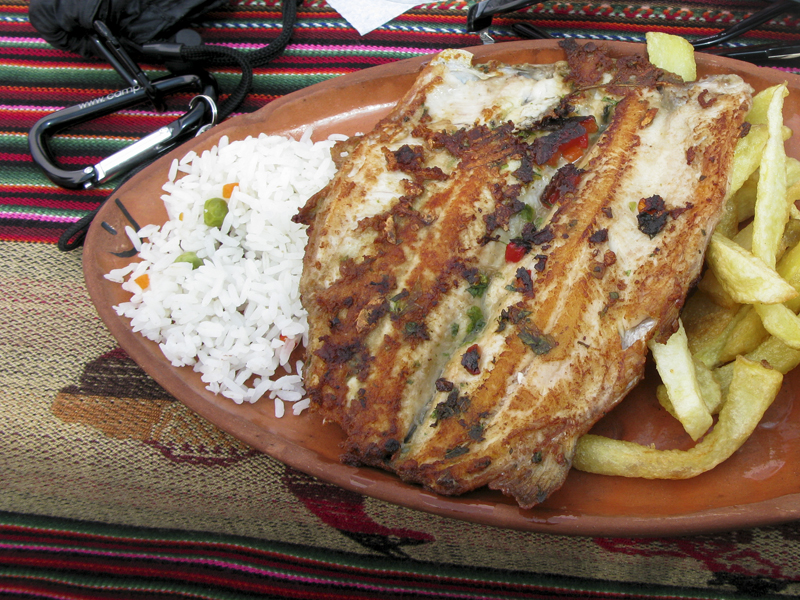
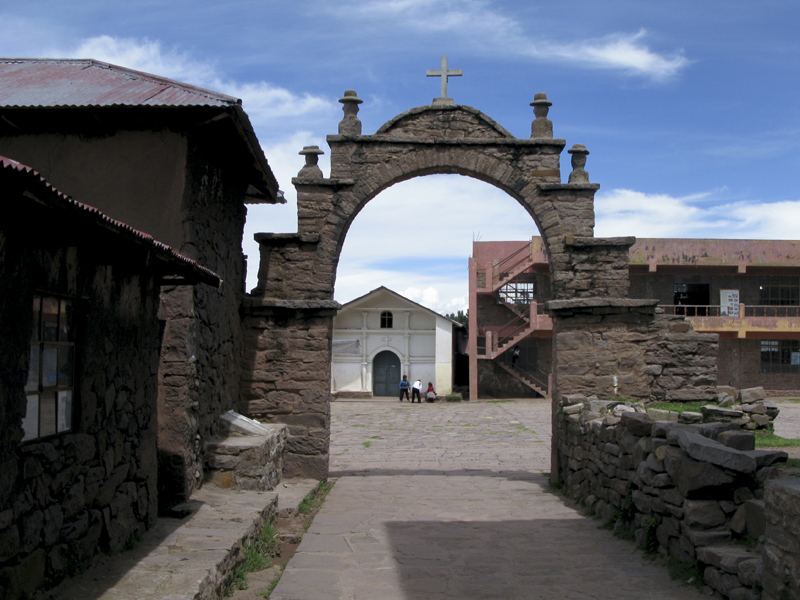
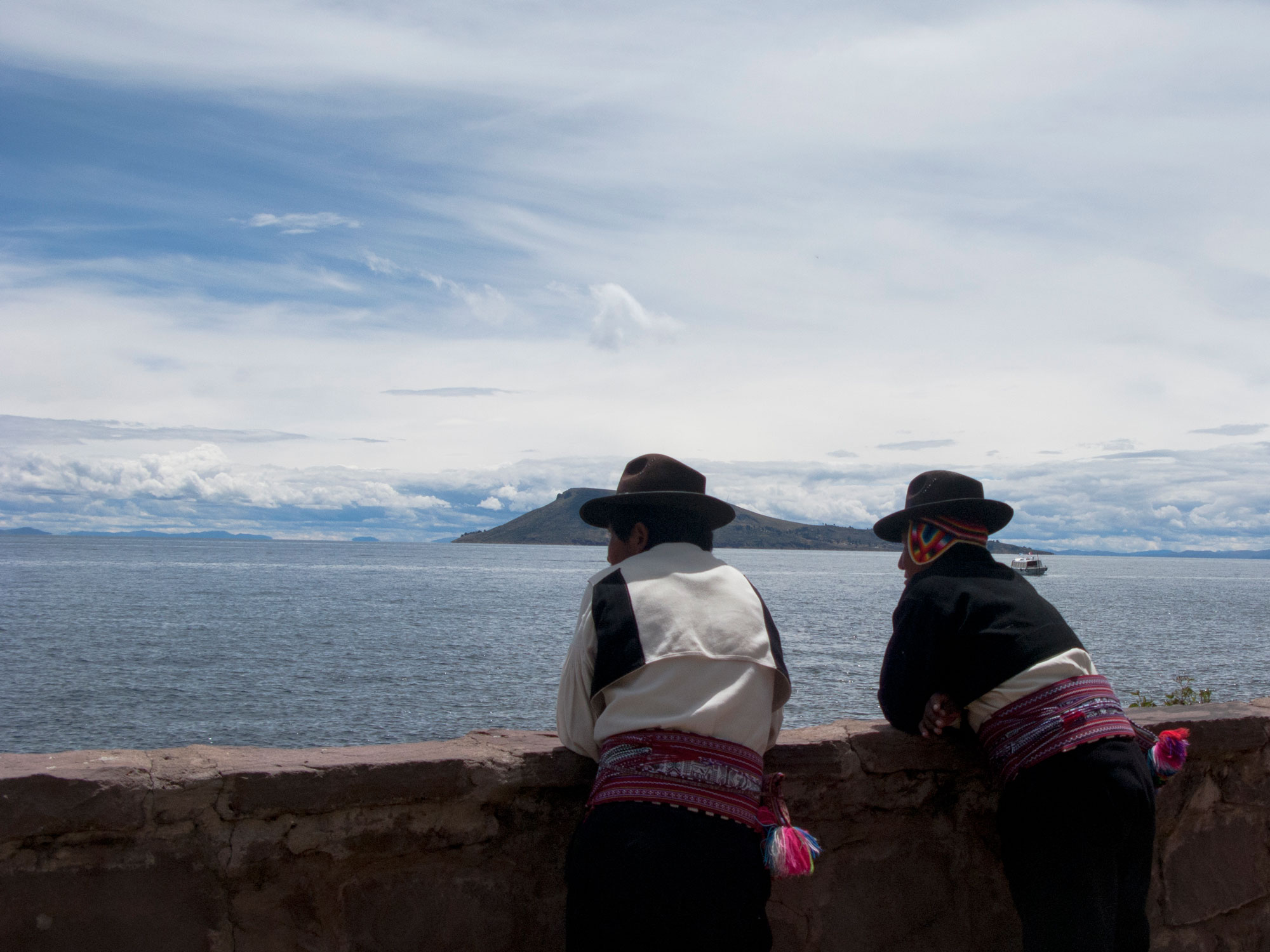
Sunset
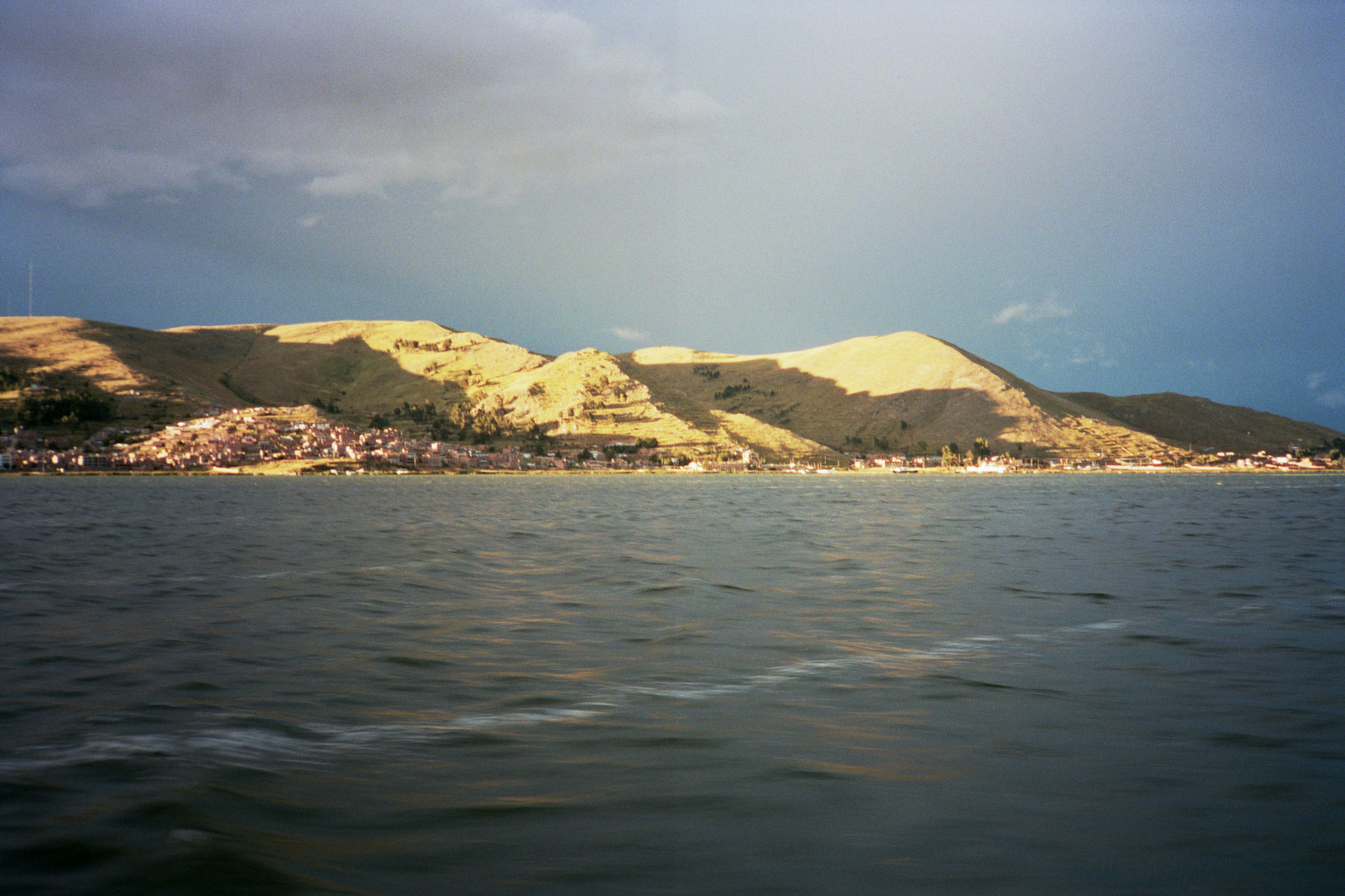 Coming back to Puno on an early evening, the sun light cuts the mountains horizontally and the water becomes a mirroring surface. The air gets chilly, the silence is broken just by the noise of the boat engine. Far, small rowboats transport goods from an island to the other. The sensation is of broken innocence and lost purity.
Coming back to Puno on an early evening, the sun light cuts the mountains horizontally and the water becomes a mirroring surface. The air gets chilly, the silence is broken just by the noise of the boat engine. Far, small rowboats transport goods from an island to the other. The sensation is of broken innocence and lost purity.
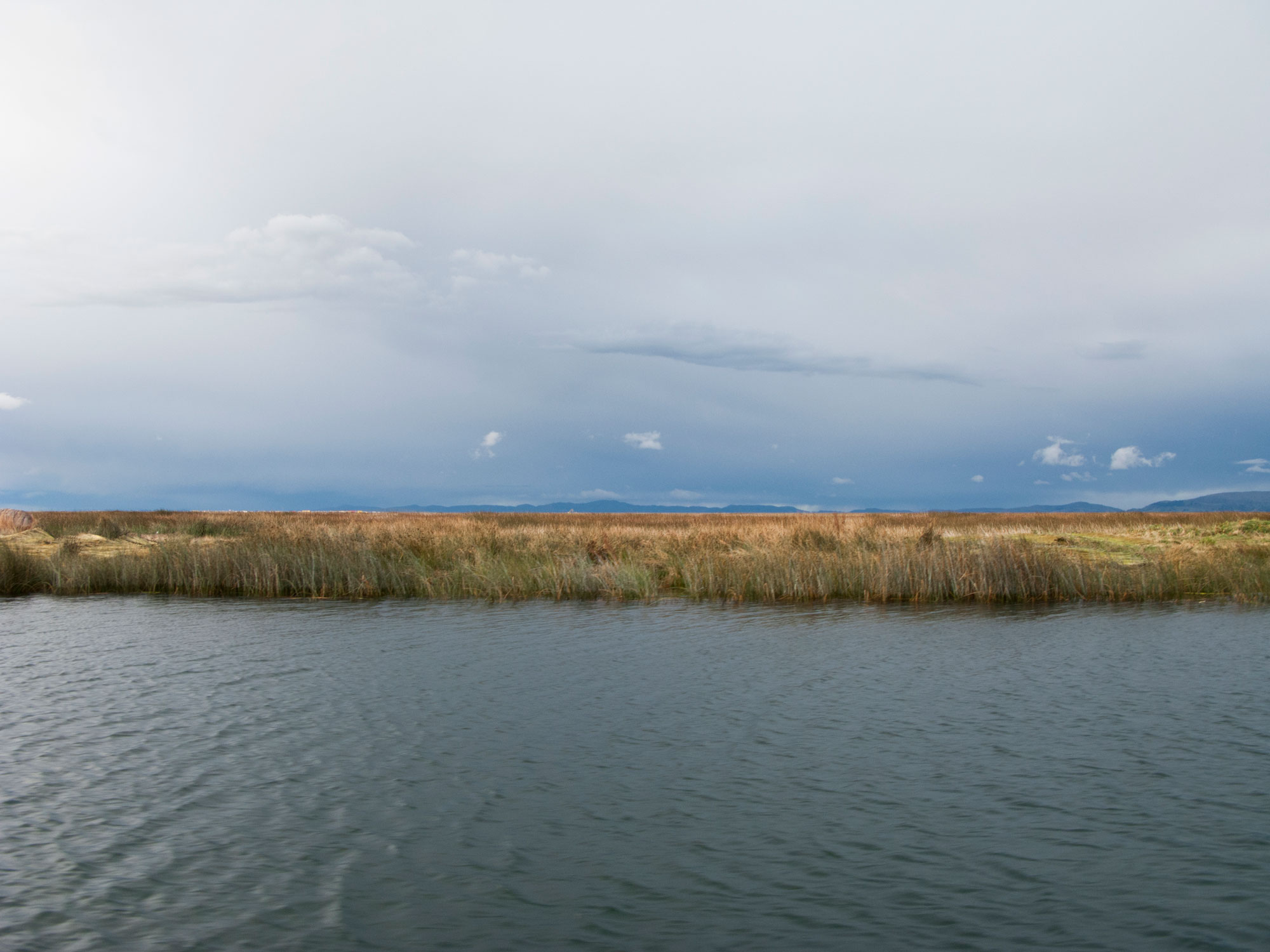

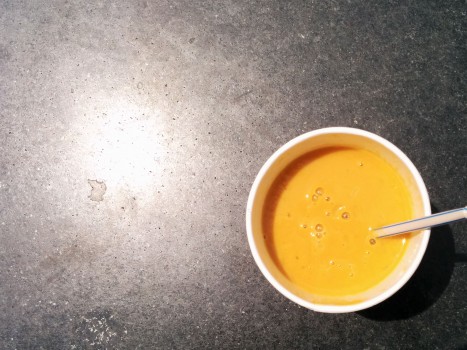
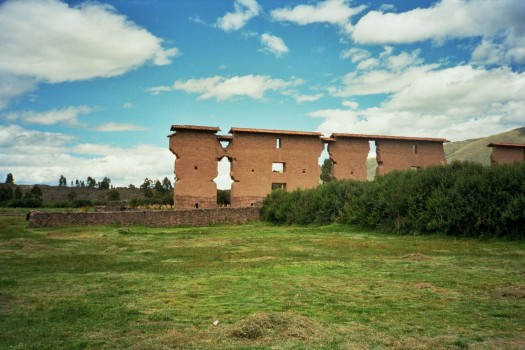
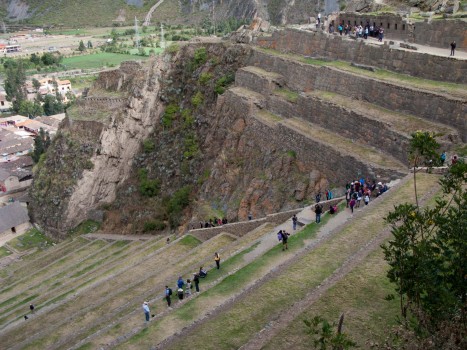
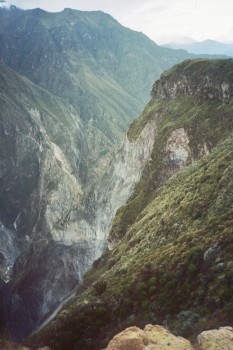
[…] Puno and lake Titicaca (view article) […]